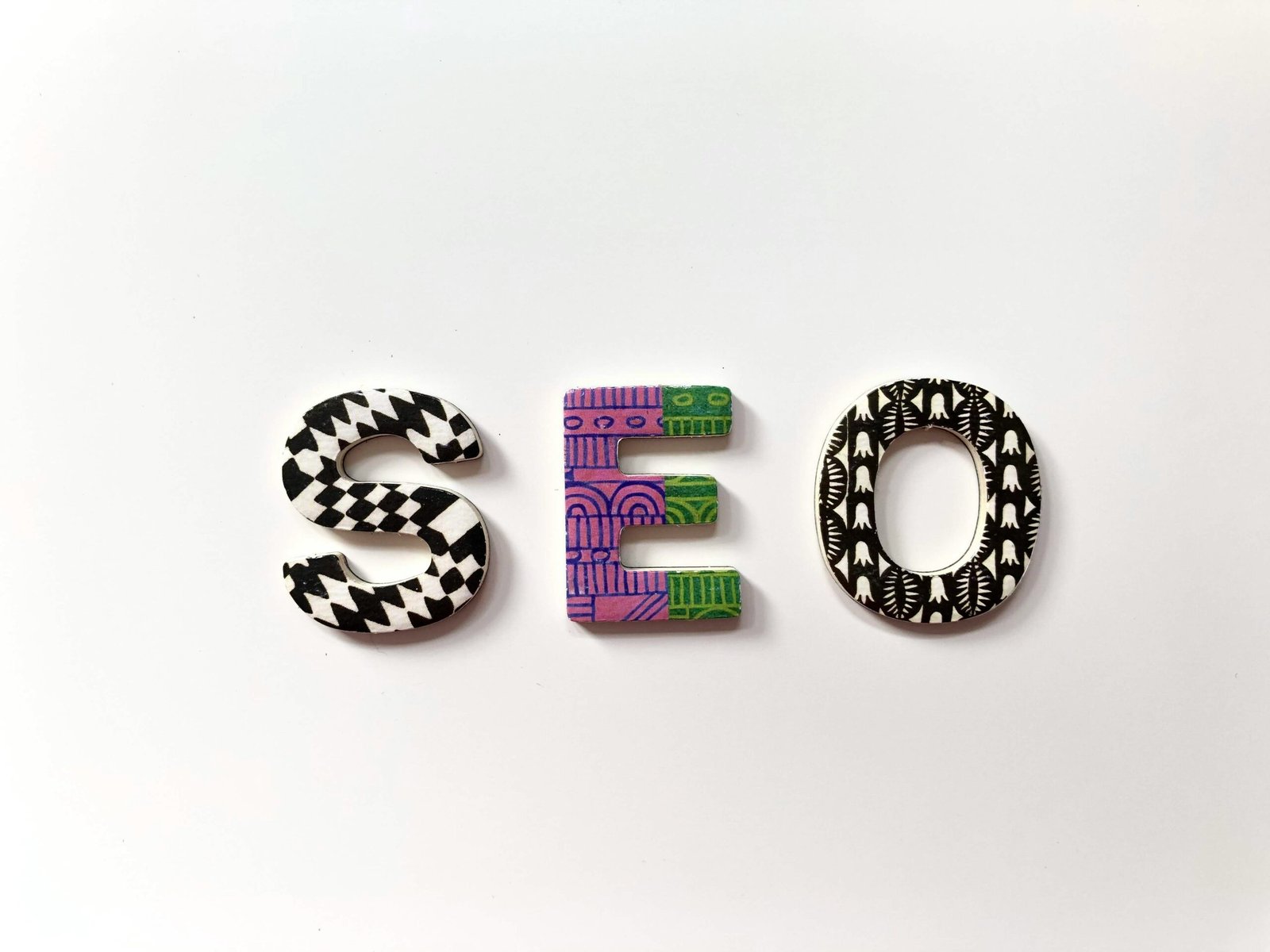Introduction to Educational Email Sequences
In the rapidly evolving landscape of B2B fintech firms, effective communication plays a crucial role in engaging clients and fostering relationships. One of the most effective tools to achieve this is the educational email sequence, which comprises a systematic and strategically timed series of emails designed to educate recipients about a specific subject, product, or service. This communication approach not only imparts valuable knowledge but also positions the firm as a thought leader in the fintech sector.
Educational email sequences are structured to guide recipients through a learning journey, typically over a series of five days. Each email builds upon the previous one, delivering targeted content that addresses the clients’ needs and enhances their understanding of complex financial technologies. This approach is particularly relevant in the B2B fintech space, where products and services can be intricate and may require comprehensive explanations to showcase their value effectively.
The importance of educational email sequences cannot be understated. They provide a platform for firms to engage clients proactively rather than reactively. By delivering timely information, firms can ensure that their clients stay informed about market trends, product developments, and best practices within the fintech sector. This proactive education fosters trust and builds a stronger relationship between the firm and its clients, making it essential for long-term success.
Moreover, the benefits of using a structured email approach are numerous. Not only do educational email sequences facilitate better client onboarding, but they also improve retention rates by continually engaging clients. Higher levels of engagement help to identify pain points and opportunities for further discussion, ultimately leading to increased conversion rates. Given these advantages, the 5-day format stands out as particularly effective, as it allows firms to deliver concentrated content that keeps recipients eagerly anticipating the next lesson. This structured strategy cultivates an informed client base, essential in the competitive B2B fintech industry.
Understanding the 5-Day Structure
A 5-day educational email sequence is a meticulously designed framework that leverages the power of incremental learning. This structure comprises five distinct days, each with a specific focus, content type, and desired outcome aimed at guiding recipients through an organized learning journey.
On Day One, the focus is on introduction and engagement. The primary purpose here is to capture the audience’s attention and establish a connection. Content usually includes a warm welcome message and an overview of the upcoming topics, alongside a brief introduction to the sender or the company. This initial email sets the stage for subsequent communications, allowing recipients to anticipate the value they will receive over the following days.
Day Two takes a deeper dive into foundational knowledge relevant to the subject. The content types typically include infographics, short videos, or articles that present core concepts of interest. Providing this information enhances the audience’s understanding and builds a solid base for the more advanced content to come. The desired outcome of this day is to ensure that recipients grasp the fundamentals necessary for progressing through the series.
On Day Three, the focus shifts to practical applications. This email should showcase case studies, scenarios, or actionable tips that highlight how the theories learned previously can be implemented in real-world situations. By demonstrating applicability, this email reinforces the value of the educational experience and encourages recipients to engage actively with the content.
Day Four is centered on exploration of advanced topics or emerging trends in the fintech industry. Here, email content may include expert insights, whitepapers, or webinars designed to deepen knowledge. This introduces complexity, drawing on the foundational understanding established earlier and preparing participants for the final day’s synthesis.
Finally, Day Five serves as a wrap-up and call to action. This email consolidates what recipients have learned over the week, reiterating key takeaways while inviting feedback or prompting further engagement with the company, such as signing up for a demo or consultation. This structure not only fosters learning retention but also nurtures valuable relationships between B2B fintech firms and their audiences.
The Role of Targeted Content
In the competitive landscape of B2B fintech, the significance of targeted content cannot be overstated. Educational email sequences provide an effective platform for fintech firms to communicate their value propositions. This type of content must resonate with the specific needs and pain points of the audience to foster engagement. A well-structured educational sequence allows firms to address the unique challenges faced by their target market, making it crucial to understand the demographic and psychographic characteristics of potential clients.
To create impactful educational content, B2B fintech companies should consider conducting thorough audience analysis. By identifying key problems that target audiences encounter, firms can tailor email sequences that offer solutions, thus addressing these pain points directly. For instance, a fintech firm that specializes in payment processing might share insights on overcoming transaction delays and enhancing payment security. Such targeted content not only helps in presenting the company as a thought leader but also significantly enhances the chances of attracting prospective clients.
Furthermore, the use of data analytics can elevate the effectiveness of these email sequences. By analyzing engagement metrics, such as open rates and click-through rates, fintech firms can gauge which topics resonate most with their audience. This data can inform subsequent email campaigns, ensuring that the content remains relevant and that it continues to address the evolving needs of the market. Consequently, targeted content should not be static; instead, it should evolve according to feedback and engagement levels, maximizing both engagement and conversion potential.
In essence, the alignment of educational material with audience interests is key to a successful email strategy for B2B fintech firms. By prioritizing targeted content, these companies can foster deeper connections with their audience and drive meaningful conversions.
Enhancing User Engagement through Education
In the rapidly evolving landscape of B2B Fintech, enhancing user engagement is essential for companies aiming to foster long-term relationships with their clients. A powerful strategy to achieve this is through educational email sequences. These sequences can transform passive subscribers into active participants by providing valuable knowledge that resonates with their needs. By carefully curating this educational content, firms can create an impactful experience that not only informs but also motivates recipients to interact further.
Crafting compelling email content begins with understanding the audience’s specific challenges and opportunities within the Fintech industry. By addressing these needs through targeted educational material, firms can position themselves as thought leaders, thereby strengthening trust and credibility. Additionally, using eye-catching subject lines and engaging visuals within the emails can capture attention right from the inbox. The initial emails should serve to spark interest, gradually leading recipients deeper into the topic with each subsequent message. This thoughtful progression encourages recipients to remain engaged throughout the sequence.
Moreover, integrating clear calls to action within the email content is vital for enhancing user engagement. Well-placed links that direct recipients to webinars, downloadable resources, or relevant articles can provide them with opportunities to gain deeper insights. By offering incentives, such as exclusive access to reports or early registration for events, firms can further motivate potential clients to participate actively. Tracking engagement metrics, such as click-through rates and conversions, will allow companies to refine their approach, tailoring content based on recipients’ interactions.
In conclusion, employing educational email sequences focused on relevant content is an effective method for B2B Fintech firms to enhance user engagement. By creating a compelling narrative that addresses the audience’s needs while offering clear pathways for further interaction, organizations can foster a stronger and more engaged community. This ultimately contributes to achieving sustained business success within the competitive Fintech sector.
Building Trust and Credibility
In the highly competitive landscape of B2B fintech, establishing trust and credibility with potential clients is paramount. A well-crafted 5-day educational email sequence serves as an efficient tool for achieving this goal. By providing valuable insights and resources, firms can position themselves as knowledgeable leaders in their niche, fostering an environment conducive to engagement.
The initial emails within the sequence should prioritize delivering high-quality information that addresses the pain points faced by potential clients. This can include industry reports, whitepapers, or detailed case studies that illustrate successful applications of the firm’s solutions. By showcasing expertise through authoritative content, fintech companies can reinforce their credibility and enhance trust among recipients.
Incorporating testimonials from satisfied clients within the email series can further solidify this trust. Highlighting real-world success stories and positive feedback not only builds authority but also offers social proof that your firm delivers on its promises. By strategically integrating these testimonials into the email sequence, potential clients see a tangible demonstration of value, which fosters a deeper connection.
Another compelling strategy is to provide practical advice or actionable tips that the recipients can implement immediately. By focusing on offering solutions to common industry challenges, firms showcase their deep understanding of the sector. This demonstrates that the company is invested in the success of its clients, rather than solely pushing its products or services. Additionally, interactive elements, such as quizzes or surveys, can be included to engage recipients further while gathering valuable insights for future communication.
Ultimately, a thoughtfully designed 5-day educational email sequence is an effective approach for B2B fintech firms to build trust and credibility. By delivering valuable content, leveraging testimonials, and offering actionable insights, companies can establish themselves as authorities in their field, inviting potential clients to explore deeper partnerships.
Measuring Success: Key Metrics to Track
In the realm of B2B fintech firms, the implementation of a 5-day educational email sequence necessitates the careful tracking of key performance indicators (KPIs) to ascertain effectiveness. Understanding these metrics can significantly enhance the overall performance of email campaigns, enabling businesses to adapt and refine their strategies for optimal results.
One of the primary metrics to monitor is the open rate, which indicates the percentage of recipients who open the email. A high open rate typically suggests that the subject lines and preheader text are compelling enough to motivate recipients to engage. For B2B fintech firms, achieving a satisfactory open rate can set the stage for further engagement. It is crucial to experiment with different subject lines and send times to improve this metric over time.
Another critical KPI is the click-through rate (CTR), which measures the percentage of users who click on links within the email. A higher CTR signifies that the content is resonating with the audience, prompting them to seek more information. To improve CTR, fintech firms should focus on delivering high-quality, relevant content that addresses the pain points and interests of their target audience. Including clear call-to-action buttons can also encourage greater interaction.
Lastly, conversion rates are perhaps the most significant metric, as they reflect the percentage of recipients who complete a desired action, such as signing up for a demo or downloading a whitepaper. Monitoring conversion rates allows firms to gauge the overall success of their email sequences. By analyzing user behavior and feedback, companies can identify areas for improvement and ensure that their educational content is not only informative but also actionable.
In conclusion, by diligently tracking these key metrics—open rates, click-through rates, and conversion rates—B2B fintech firms can effectively measure the success of their 5-day educational email sequences and make data-driven adjustments to enhance their marketing efforts.
Best Practices for Crafting Your Email Sequence
Creating an effective 5-day educational email sequence is vital for B2B fintech firms aiming to engage potential clients and foster long-term relationships. To ensure your email campaigns are successful, several best practices should be implemented throughout the design and creation process.
Firstly, content creation should focus on delivering value to the reader. Each email in the sequence must have a specific theme or topic relevant to the recipient, ensuring that the information provided is both educational and actionable. Utilize industry insights, case studies, and expert opinions to showcase credibility and enhance your message. Furthermore, it is essential to present the content in a clear, concise manner that addresses the needs and pain points of your target audience.
When it comes to email design, simplicity is key. A clean, professional layout helps maintain focus on the content and ensures that the email is mobile-friendly, considering that a significant portion of users access their emails on mobile devices. Utilize headings, bullet points, and images judiciously to improve readability and engagement.
Personalization can significantly impact the effectiveness of your email sequence. By segmenting your audience based on demographics, behaviors, or previous interactions, you can tailor the content to resonate with each subgroup. Including the recipient’s name in the subject line or addressing specific challenges they face in the body of the email encourages a closer connection and increases open and response rates.
Lastly, timing is critical in email marketing strategies. Each email in the sequence should be sent at strategic intervals that align with your audience’s behavior patterns. This approach not only helps maintain interest but also establishes a rhythm that your recipients can anticipate. Monitoring metrics such as open rates and click-through rates during this period will enable you to optimize future sequences.
Case Studies: Success Stories from B2B Fintech Firms
In recent years, several B2B fintech firms have embraced the implementation of 5-day educational email sequences, resulting in significant enhancements to their marketing strategies and overall business outcomes. These email sequences have not only fueled customer engagement but have also driven conversions in a highly competitive marketplace.
One notable case is that of a leading payment processing firm that developed a targeted 5-day email series focusing on educating their clients about new compliance regulations. Each day’s email tackled a different aspect of regulatory changes, providing practical advice, infographics, and links to detailed resources. Following the deployment of this sequence, the firm noticed a 35% increase in customer inquiries, with many clients expressing gratitude for the clear guidance and support provided throughout the week. This case highlights how well-structured educational content can position a company as a trusted authority in a complex field.
Another compelling example includes a cybersecurity-focused fintech that used a 5-day sequence to address the escalating concerns around data breaches among their potential clients. Each email dealt specifically with common misconceptions, best practices for data security, and real-world implications of inadequate protection. The campaign not only elevated the firm’s brand visibility but led to a remarkable 50% uptick in lead generation within two months, as clients sought more information and expressed interest in the firm’s specialized services.
These successes exemplify the power of customized educational email sequences for B2B fintech firms, demonstrating their effectiveness in fostering client relationships and driving engagement. By focusing on relevant content and addressing client pain points, firms can create value, enhance their reputation, and ultimately achieve better business results. Such proactive educational efforts pave the way for sustainable growth and customer loyalty, marking a shift in how fintech companies approach their industry challenges.
Conclusion: The Future of Educational Email Marketing in Fintech
As the landscape of B2B fintech continues to evolve, the significance of educational email sequences cannot be overstated. Firms are consistently seeking innovative methods to engage their audience while fostering a deeper understanding of complex financial products and services. Through the effective utilization of a 5-day educational email sequence, businesses can not only improve their customer retention rates but also enhance the overall client experience.
Incorporating educational email marketing strategies facilitates the delivery of personalized content that resonates with the specific needs and challenges faced by clients. This approach highlights the value of education as a critical component in building trust and credibility within the financial technology sector. By addressing common pain points and offering solutions through well-crafted email sequences, fintech companies can position themselves as industry leaders.
The future of educational email marketing in the fintech landscape is marked by technological advancements and an ever-growing emphasis on data-driven decision-making. As firms adopt artificial intelligence and machine learning techniques, the potential for hyper-personalization in email campaigns expands, allowing for tailored messaging that better connects with diverse audiences. Moreover, the integration of interactive elements such as videos and surveys into email sequences promises to transform user engagement levels, leading to more effective communication strategies.
In conclusion, B2B fintech firms must recognize the power of educational email sequences as a cornerstone of their marketing efforts. By prioritizing education-focused communications, businesses offer valuable insights while simultaneously cultivating lasting relationships with their clients. As email marketing trends continue to develop, it is imperative that fintech companies embrace these changes and harness the full potential of educational email strategies to achieve sustained growth and success in an increasingly competitive market.




